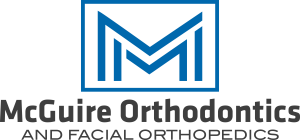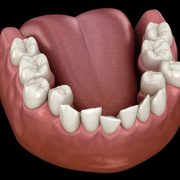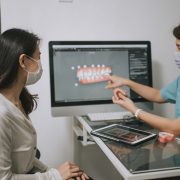How Tooth Loss Impacts Facial Aesthetics
If you have a missing tooth, it’s vital that you don’t just ignore it. Being brave about a lost tooth isn’t going to do you any good; in fact, you’ll lose more than the tooth, you’ll lose some of the facial aesthetics that you’ve been used to. Believe it or not, your teeth play a large role in maintaining the structural integrity and harmony of the face. Imagine a face without teeth, and you can get the idea. When one or more teeth are lost, the resulting changes cascade throughout the facial anatomy, significantly altering appearance over time. But don’t let this frighten you too much, as help with facial orthopedics in Solon, OH is available at McGuire Orthodontics and Facial Orthopedics, which is very helpful for anyone with dental issues.
Loss of Bone
One of the most significant effects of tooth loss is the disruption of the maxillofacial skeletal structure. Teeth provide essential stimulation to the alveolar bone, the part of the jawbone that “hugs” the tooth roots. When teeth are lost, the absence of this mechanical stimulation leads to bone resorption—a biological process in which the body begins to break down and reabsorb unused bone tissue. For the upper jaw, this can result in a narrowed arch and reduced vertical facial height. In the lower jaw, the chin may appear more prominent or “witch-like” as the mandible rotates upward and forward, distorting the natural profile.
Loss of Muscle Tone
The absence of teeth also creates an imbalance in facial muscle tone. The soft tissues of the face, such as the cheeks and lips, rely on underlying skeletal support to maintain their natural contours. Tooth loss compromises this support, leading to a collapsed facial appearance characterized by hollow cheeks, thinning lips, and deepened nasolabial folds, or smile lines. When they deepen, they contribute to an aged and tired appearance. And, unlike your abs, you can’t tone up the facial muscles with situps.
Orthodontic and facial orthopedic interventions address these aesthetic concerns by restoring proper alignment and balance to the craniofacial structures. For example, orthodontic treatment in Solon, OH can reposition existing teeth to optimize facial symmetry, while facial orthopedic techniques may stimulate or reshape the underlying bone to enhance both function and aesthetics. Combined with tooth replacement options like dental implants, these treatments prevent the progressive collapse of facial structures and preserve a youthful, proportionate appearance. Contact us today to learn more.











